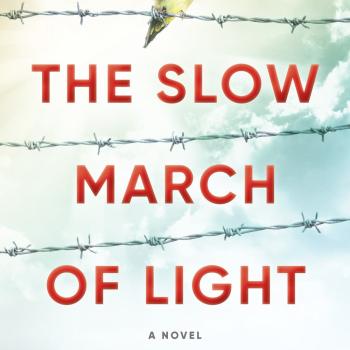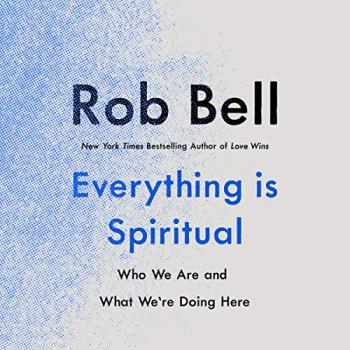By Sr. Judith Miryam Boneski, O.P.
Dominican Nuns, Summit, NJ
My Journal of the Council by Yves Congar, OP. Translated from the French by Mary John Ronayne, OP, and Mary Cecily Boulding, OP. Edited by Denis Minns, OP. Collegeville, MN: Liturgical Press, 2012. 979 pp.
 “I am keeping this little journal as a witness (455),” notes Yves Congar, halfway through writing his account of the Second Vatican Council (1962-1965). In the recent publication of the English translation of his journal we have a remarkable inside history of this seismic council.
“I am keeping this little journal as a witness (455),” notes Yves Congar, halfway through writing his account of the Second Vatican Council (1962-1965). In the recent publication of the English translation of his journal we have a remarkable inside history of this seismic council.
Pope John XXIII personally chose French Dominican priest and theologian, Yves Congar (1904-1995), as a theological consultant for the preparatory work for the Council. Fr. Congar’s contributions were not limited to his subsequent role as peritus (theological expert) to the French bishops. He gave lectures, was consulted widely, authored books and articles, and managed a daunting correspondence. His journal entries show the staggering workload. That all these labors were accomplished under great suffering, both psychic (being under a constant cloud of suspicion since being silenced by the Holy Office in 1954) and physical (recurring neurological illnesses), is incredible. Congar acknowledges the cause of his strength in the face of so much weakness. “To live SOLELY BY GRACE, without any reassuring human support, that is the rule that I rely on. God does not deceive us, although his grace is often puzzling” (308).
Through the eyes of Père Congar, the reader experiences the inner workings of the Council: the constant meetings, the painstaking drafting of the documents, the power struggles and politics, and his own moments of frustration and fatigue. “I feel fed up and even crushed by everything” (410). However, Congar’s exasperation does not extinguish his wit. Recalling dinner at an outdoor café, he writes, “We saw normal people again, to whom our byzantine intrigues would have absolutely NOTHING to say” (558)!
Yet, even at his most negative and cynical, Congar never loses sight of the vital mission of the Council: “The entire work of the Council…is on the brink of a powerful revitalization of the Catholic Church and its dynamism (736),” or of his own mission within it. “I want to offer myself faithfully to serve, to the best of my ability..I wish to cooperate loyally and humbly with this great enterprise. I pray every day that I may offer myself in this way… (17).”
Described by Yves Congar as “this little journal,” this volume is anything but in both size and content! Yet, this weightiness does impede the book’s accessibility, with its substantial introductory material and indices, which assist in navigating through its density of references. The translators do not muffle the unique (and sharp) voice of Congar.
No one after encountering this journal can read the documents of the Second Vatican Council, and not perceive the hand of Père Congar. More importantly, no one can read this journal and not behold the Holy Spirit at work fifty years ago and now in the ongoing renewal of the Church.
Sister Judith Miryam is a Dominican Nun writing from the Monastery of Our Lady of the Rosary, Summit, NJ.
For more conversation on My Journal of the Council, visit the Patheos Book Club here.











